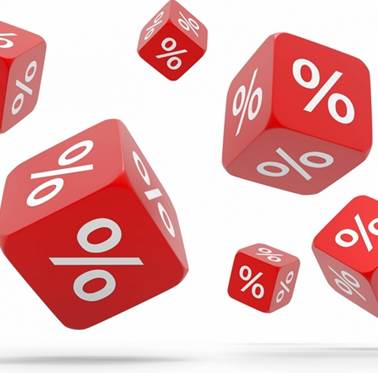

By
The official cash rate remains at 1.5%.
This marks the 19th consecutive month (or the 17th consecutive meeting) the RBA has kept the rate steady since it cut the official cash rate by 25 basis points in August 2016.
The move was highly expected. In finder.com.au's survey on the March cash rate decision, all its 33 members believed the central bank would leave the rate on hold.
In a survey of brokers, Hashching found that 93.9% believed the interest rates would remain on hold in March, with 5.3% expecting an increase.
More economists and banks are changing their forecasts of interest rate hike this year – from two to one or none.
Last month, ANZ abandoned its previous forecast of two interest rate increases this year, and now expects no rate hike at all.
“We no longer expect a rate hike in 2018, following the greater than expected emphasis on the mid-point of the inflation target band and increased comfort on financial stability risks in the RBA Governor’s speech on Thursday evening,” said ANZ's head of Australian Economics, David Plank.
RBA Governor Philip Lowe said in a speech on 8 February that interest rates would have to start moving up if the economy makes further progress in reducing unemployment and in having inflation return to the midpoint of the target range.
From its forecast of two rate hikes this year, NAB now expects only one in late 2018, citing weak growth in wages and the slow progress in bringing down unemployment.
“It is not impossible that the RBA stays on hold for all of 2018 and raises rates in early 2019,” said NAB chief economist Alan Oster last week.
CoreLogic head of research, Tim Lawless, said the controlled slowdown in housing markets has eased pressure on the RBA to lift rates in order to quell exuberance in the housing market.
"Higher on the RBA Board’s agenda are likely to be inflation and employment. Continued low wages growth (2.1%), and the outlook for the Australian dollar and commodity prices will also be important considerations," said Lawless.
AMP Capital's Shane Oliver said that continuing weak growth in wages, sub-target inflation, the Australian dollar remaining too high, and uncertainty around the outlook for consumer spending all argue for rates to remain on hold or even fall.
"So on balance, it makes sense to continue to leave interest rates on hold," said Oliver.
Meanwhile, ABC Bullion expects the next move in rates to be a reduction. Its chief economist Jordan Eliseo said that while employment data, business conditions, and growth figures are solid, there seems no obvious catalyst to turn around the record low wage growth. He also expects a slowing property market to weigh on confidence.
Related stories:
